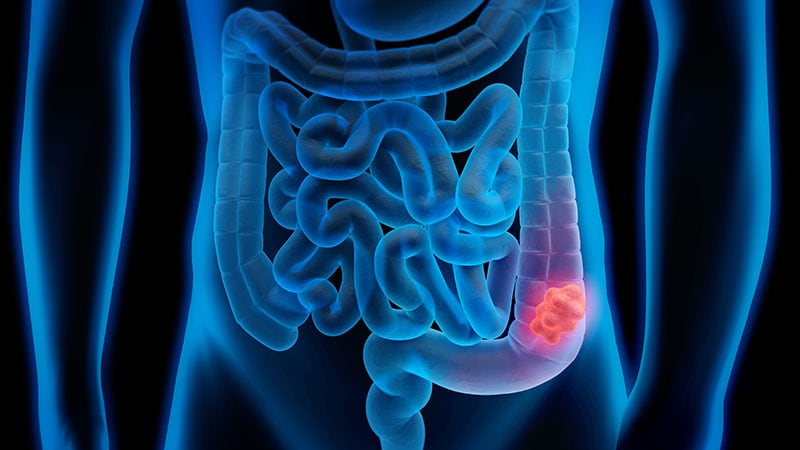The National Institute for Health and Care Excellence (NICE) has published a new guideline on antibiotic use for pneumonia in adults in hospital, to ensure optimal antibiotic management of suspected or confirmed bacterial pneumonia in this cohort during the COVID‑19 pandemic.
This includes people presenting to hospital with moderate to severe community-acquired pneumonia and people who develop pneumonia while in hospital.
The guidance acknowledges it is difficult to differentiate between COVID‑19 pneumonia and bacterial pneumonia on clinical features alone when patients present initially. It emphasises the importance of careful antibiotic prescribing and prompt review after testing.
It is important to note that during the COVID‑19 pandemic, most cases of pneumonia have been viral (over 90%) and therefore antibiotics are ineffective unless there is a bacterial co-infection, NICE says, but patients in critical care have an increased likelihood of bacterial infection compared with patients in other hospital wards or settings.
If there is confidence that the clinical features are typical for COVID‑19, it is reasonable not to start empirical antibiotics, the guidance states. However, empirical antibiotics should be started promptly if there is clinical suspicion of bacterial infection, including characteristic symptoms and localised chest findings.
Antibiotic choice should be reviewed 24 to 48 hours or as soon as test results are available. Based on microbiological results switch to a narrower spectrum antibiotic when appropriate. If antibiotics are continued, give them for a total of five days, then stop them unless there is a clear indication to continue, the guidance advises. Intravenous antibiotic use should be reviewed within 48 hours, "and think about switching to oral antibiotics".
NICE developed these recommendations in direct response to the rapidly evolving situation and so could not follow the standard process for guidance development. The guideline has been developed using the interim process and methods for developing rapid guidelines on COVID-19.


